Something we have been playing with at STH has been the MikroTik RB5009UPr+S+IN. This is a low-power RouterOS router from MikroTik. As a low-power platform and something that is also very easy to install since the OS is loaded, we figured this might be something fun for Easter that our readers would be interested in seeing.
MikroTik RB5009UPr+S+IN Hardware Overview
Note, we have a quick 1-minute short video for this one as well:
Here is the “business end” of the switch. There is a single SFP+ 10GbE port. There are then eight RJ45 ports. Seven of these RJ45 ports are 1GbE, but there is one 2.5GbE port.
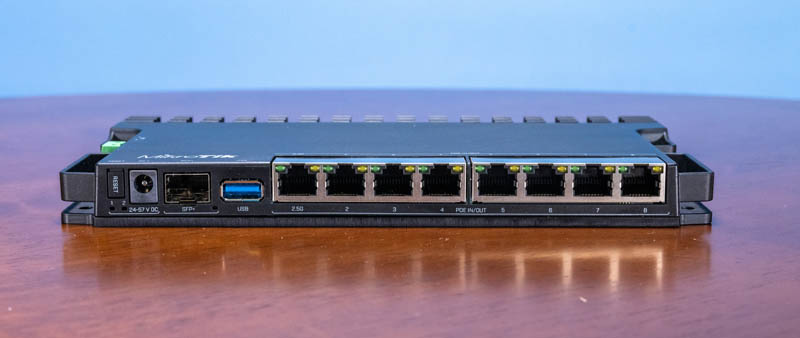
There is also a USB port. Perhaps the most interesting aspect of the unit is the power situation. One can power the switch via a barrel jack power input. One can power it via a DC terminal on the side. Or all eight RJ45 ports have PoE-In capabilities. Getting redundant power on this unit should be very easy.
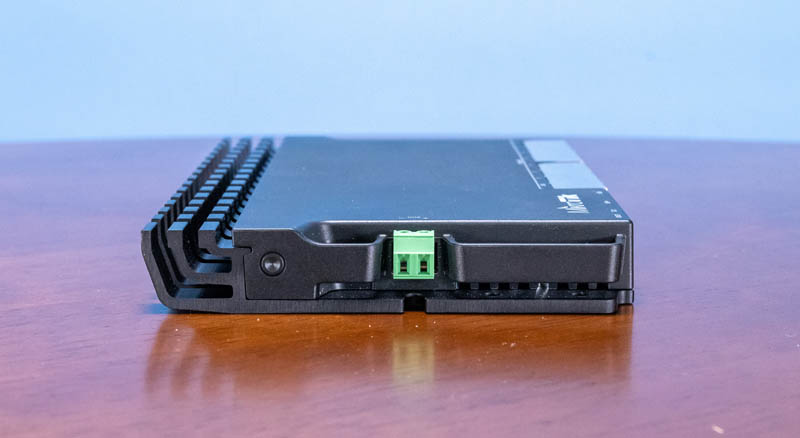
On the sides of the unit, we have mostly space for mounting.
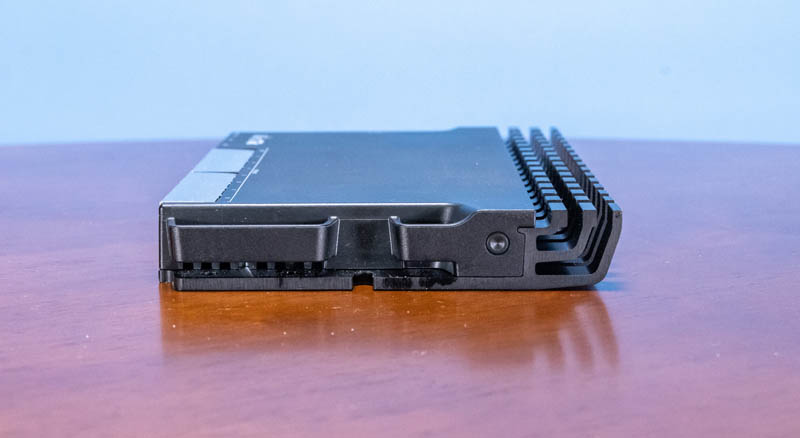
The unit itself is passively cooled making this a low-noise or no-noise option.
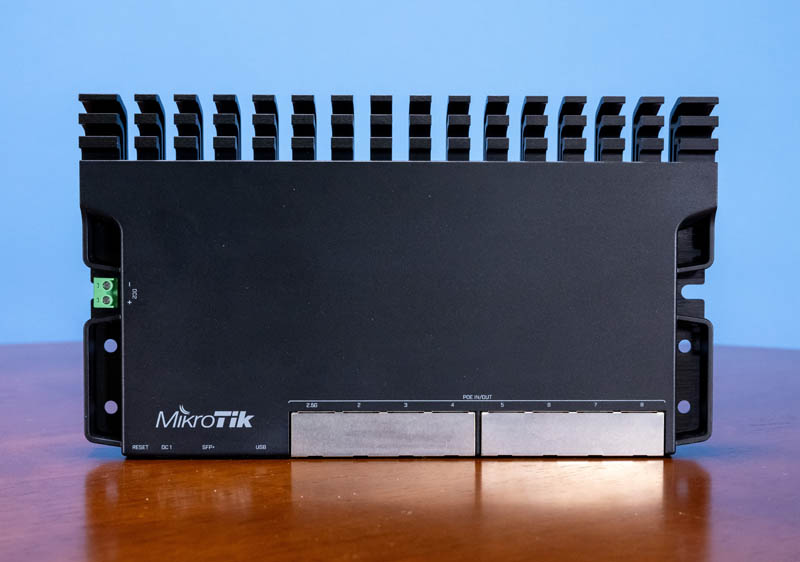
Here is the bottom of the unit. We can see there are only a few screws to get inside.
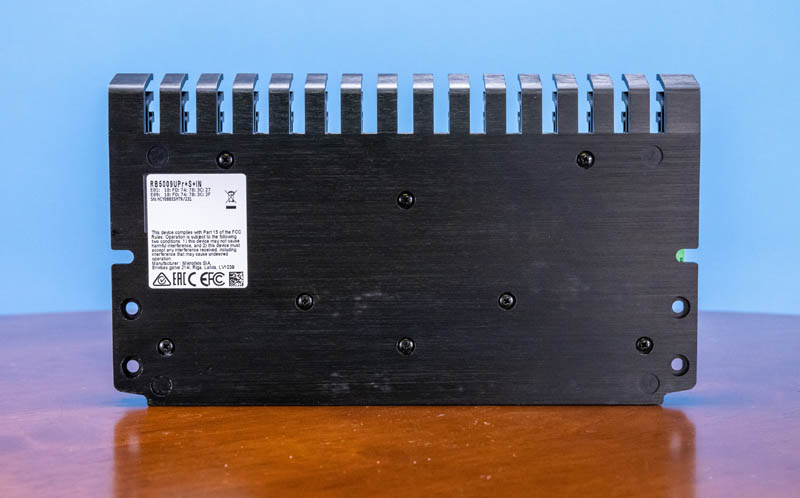
Here is inside the router. We can see RB5009 on the main PCB.
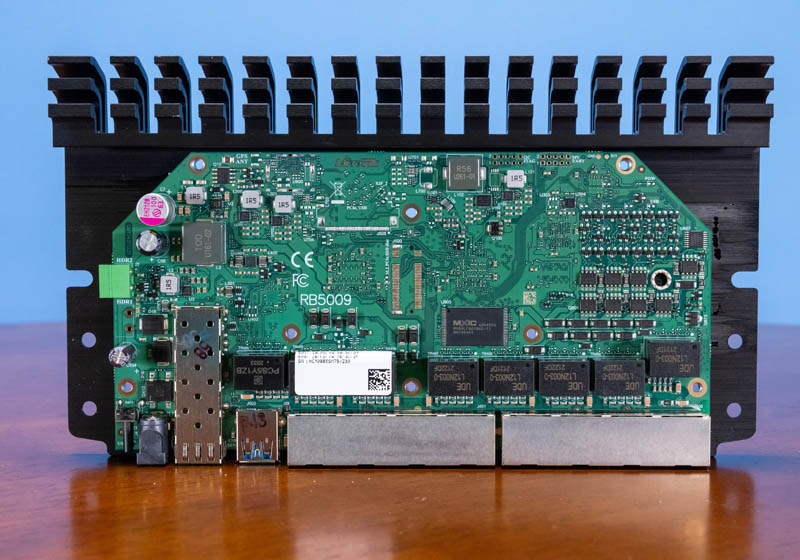
As an extra photo, we had one of the DC terminal block here.
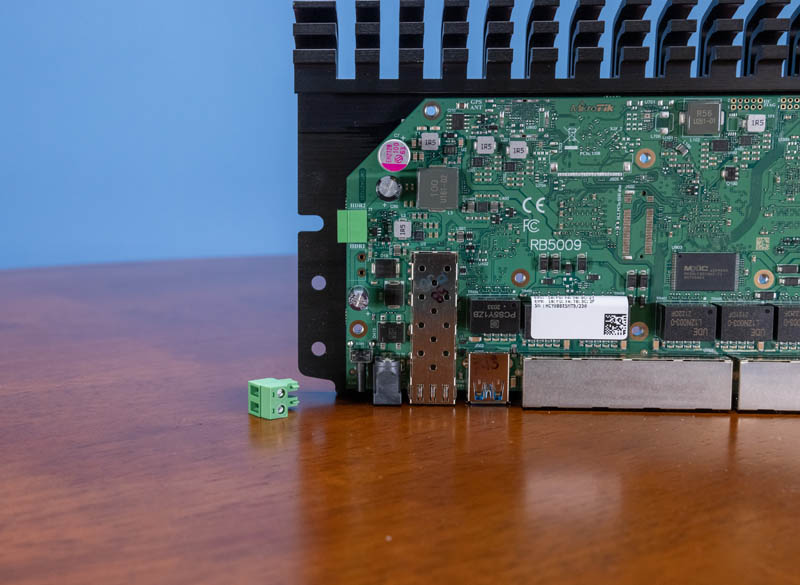
This is another one of MikroTik’s Marvell-powered units. There is a Marvell 88F7040 CPU, 1GB of RAM, 1GB of storage, and a Marvell 88E6393 switch chip.
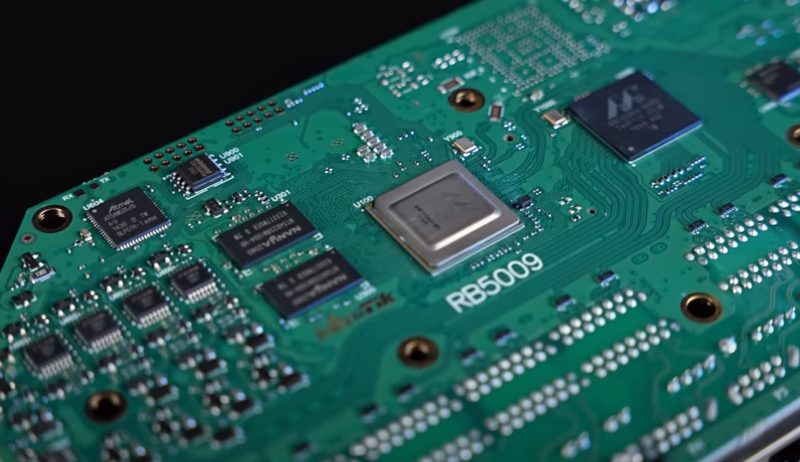
Next, let us get to the block diagram to see how this all works.

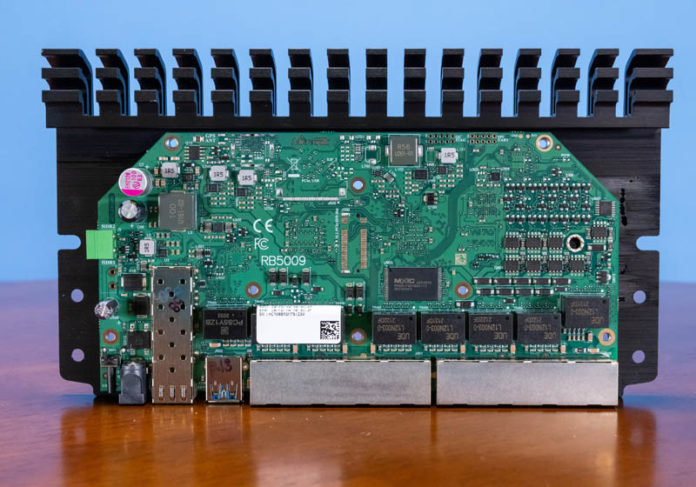



Seeing this review I was excited. But then I looked at the rated performance. A max of 760k packets per second, with jut 25 ip filter rules. That really doesn’t make this a viable L3 device for 10G and 2.5Gb ports. The Bridging/VLAN throughput seems viable as a managed L2 device.
I bought one of these a few months ago based on the PoE-in on all ports, but when I got it it turns out MikroTik made a mistake in the specs (since fixed), and it only supports 802.3af/at PoE-in on the 2.5G port. The other ports only support passive PoE, and only with one pair arrangement (Mode B). My PoE injector only puts power out in Mode A, so it was unable to power the RB5009. The PoE specs state a device must be able to receive power in either Mode A or Mode B to be 802.3af compliant, which is why they had to relabel the 1G ports as passive PoE Mode B only.
Unfortunately I had to return the device as I had intended to power it via the 1G ports from an 802.3at Cisco switch, which turned out not to be possible. I probably could’ve come up with a workaround but I was a bit cheesed off that it was falsely advertised and the previous MikroTik switch I had ordered was DOA, so it tarnished their reputation in my eyes.
I bought this a few months ago and I really love this device. The poe out powers two of my switches and two WiFi access points from unify.
I run unifi controller to control those WiFi access points and it works great via docker.
There are documented problems with ports on this router in the forums and on reddit. If you have a greater than 1G internet connection and so utilize the SFP+ and 2.5g port for lan/wan, anything on the 1G ports or downstream at 1G gets much worse than 1G performance from the WAN for a lot of people.
How does it preform with jumbo packets?
I know you guys have been looking at mini pc/routers in the sub $300 mark. I was interested to know your take on the Beelink EQ12. it has a N100 processor (intel 12th gen). It has two 2.5GB/s ethernet ports allowing it to potentially be used as a router.
I am new to the networking scene and this is just a hobby for me.
No mention was made as to what the USB port is used for?
What this is good for is to replace ISP GPON optics / routers.
It will also SQM 1 GB WAN so a low cost option than going x64.